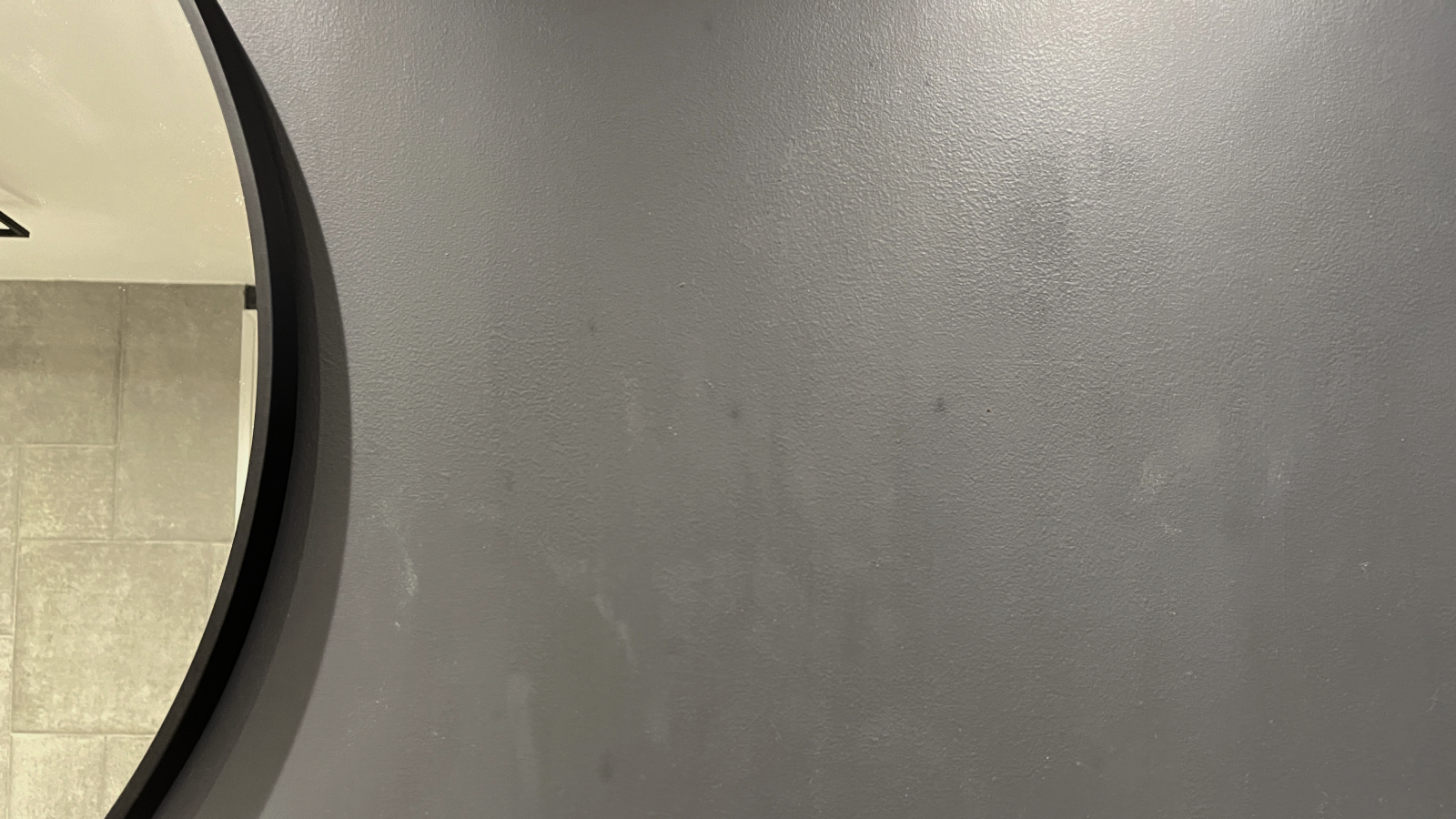I tried three methods to clean mould off my ceilings and here's my verdict on the best
Mould can be tricky to budge once it has set in. Homebuilding & Renovating's Amy Willis gives her verdict on the best cleaning methods to use to banish the spores from your ceiling
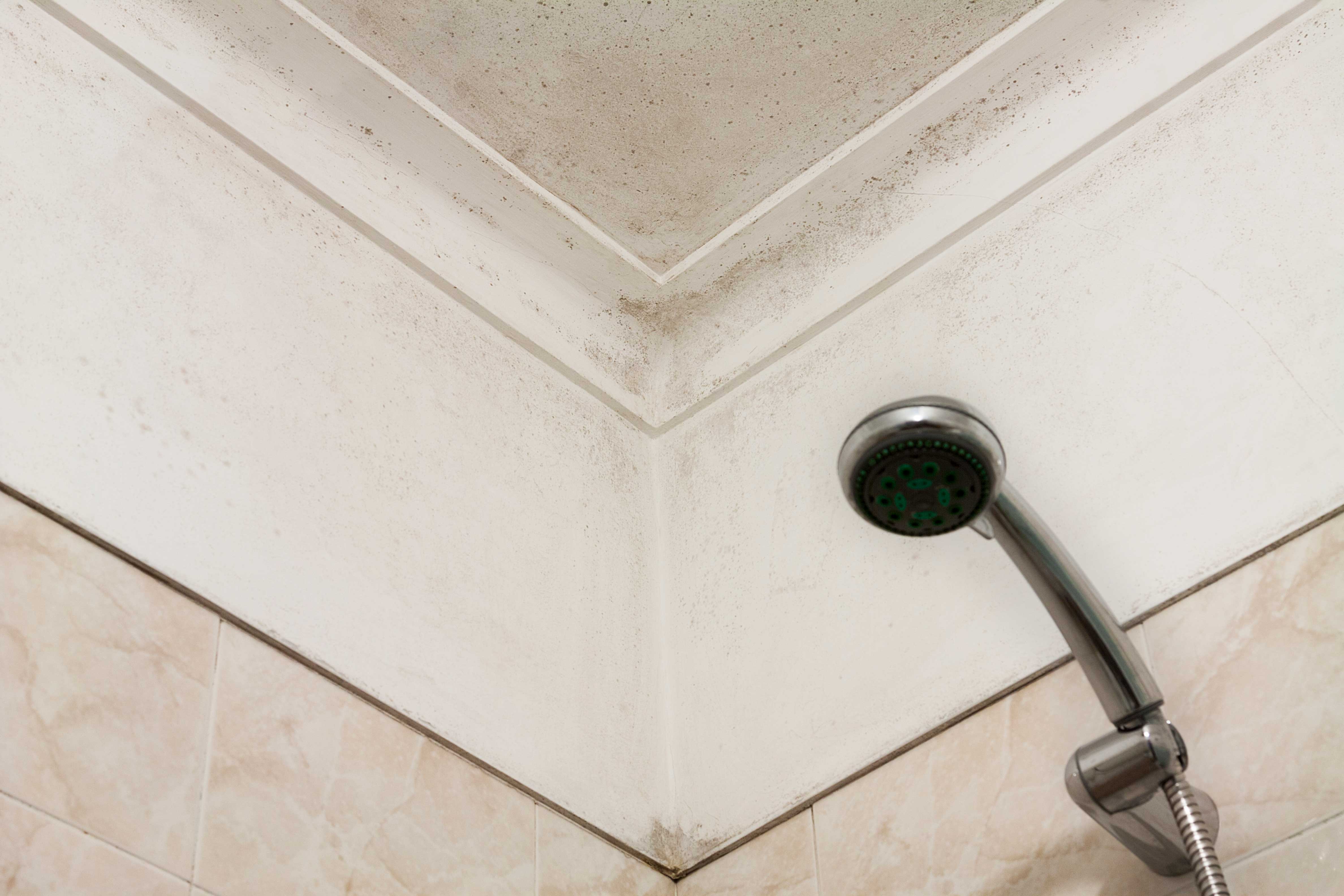
Cleaning mould off ceilings is a fairly grim job, but knowing how to remove mould from ceilings is essential as it's a job you can't get away with leaving. Mould spores can multiply at a rather nasty rate, so when mould is left to grow and fester it is not only unsightly, but it can be toxic.
Mould produces allergens that can cause allergic reactions, respiratory problems, sneezing, skin rashes and even asthma attacks, according to the NHS.
Put simply, if you spot mould starting to grow on your ceilings, or anywhere inside your home like where you might have window condensation or damp, for instance, it's important to take action to clean it off as well as looking at remedying the cause in the longer term.
After experiencing a ceiling mould problem in my own home recently, I decided to look at the three best cleaning products to use, so read on for my verdict on the most effective option.
3 products I used to clean mould off ceilings
Cleaning mould off ceilings (also removing mould from walls) is about using a product that will kill the spores.
After decorating my bathroom last year, I made the mistake of skimping on ceiling paint and instead of using a proper brilliant white bathroom paint such as this brilliant white bathroom paint from Johnstone's with an eggshell finish, I used some stuff I had lying around from decorating one of the bedroom ceilings.
It was of course a classic mistake, and now I have mould on the ceiling. I'll have to repaint the ceiling but in the meantime I took the opportunity to test out some of the recommended cleaning products.
Bring your dream home to life with expert advice, how to guides and design inspiration. Sign up for our newsletter and get two free tickets to a Homebuilding & Renovating Show near you.
These are our top three cleaning products to use, along with some of their pros and cons.
1. Use a specialist mould spray
A great product on the market is HG mould spray, available on Amazon. This stuff is a biocide designed to target and kill mould and can be used in all sorts of places mould appears, not just on ceilings. These include the seal on your bath or shower and on grout among others areas.
HG also have a sister product called H&G mould remover foam spray, also available on Amazon, which is a little more expensive but is better for using in hard-to-reach places.
To use either product, spray onto the mould from 3-5cm away and wait. After 30 minutes, wipe off with a wet sponge and the mould should wipe off too.
- Pros: very easy to use and effective
- Cons: toxic to aquatic life
Verdict: This stuff worked a treat. I had an old bottle lying around (it does actually last a while) and sprayed it on. I waited just over five minutes and wiped and off it came. I was actually pleasantly surprised how easily it came off. Note, it did leave a bit of a chlorine smell like a swimming pool, which I didn't mind as it made the bathroom smell clean but it might bother some.
2. Use household bleach
If you don't want to go out and buy a specialist mould removal product, you can give clear (don't use blue toilet bleach!) bleach a go. You'll need to use one that contains chlorine as this is the active ingredient, according to H&G.
To use it, pour 250ml into a bucket and top up with water, then use either a cloth or spray bottle to apply to the mould on your ceiling. Leave it for 15 minutes (make sure you ventilate the room in this time) before wiping clean. Repeat until mould has completely disappeared.
- Pros: cheap and easy to get hold of
- Cons: toxic and may take several attempts to remove the mould completely
Verdict: I do tend to keep cheap bleach under my kitchen sink so this stuff was easy to get hold of. However, after the excitement of the H&G killing the mould almost instantly, I was disappointed with the bleach method.
I applied it at the recommended strength but found myself tipping more bleach in as the mould wasn't disappearing particularly quickly. But after leaving it for a good 15 minutes and a bit of scrubbing, the results were much improved but not completely gone.
3. Use soda or vinegar
The other alternative is to use soda or vinegar on your mould. H&G recommend dissolving 18 grams of soda in 3 litres of water and then using a stiff brush to remove the mould.
If using vinegar instead, use a dash of vinegar in 1 litre of water and apply with a cloth or spray bottle. Leave for 15 minutes before wiping off with a cloth.
- Pros: not as toxic
- Cons: may take several attempts plus stiff brush could damage paintwork
Verdict: I used bicarbonate of soda for this one and to be honest it was just as underwhelming as the bleach. The use of the scrubber was worthwhile though. Again, I had to leave it for a bit and the result were improved but the mould was not completely gone.
My final verdict on the three methods
The specialist mould product was far better than the DIY methods – here's the result below. It's more expensive to buy but takes less time and less faffing around with scrubbing, waiting and reapplying.
That said, the bleach and soda did work to some extent, but the mould mark was still visible on close inspection.
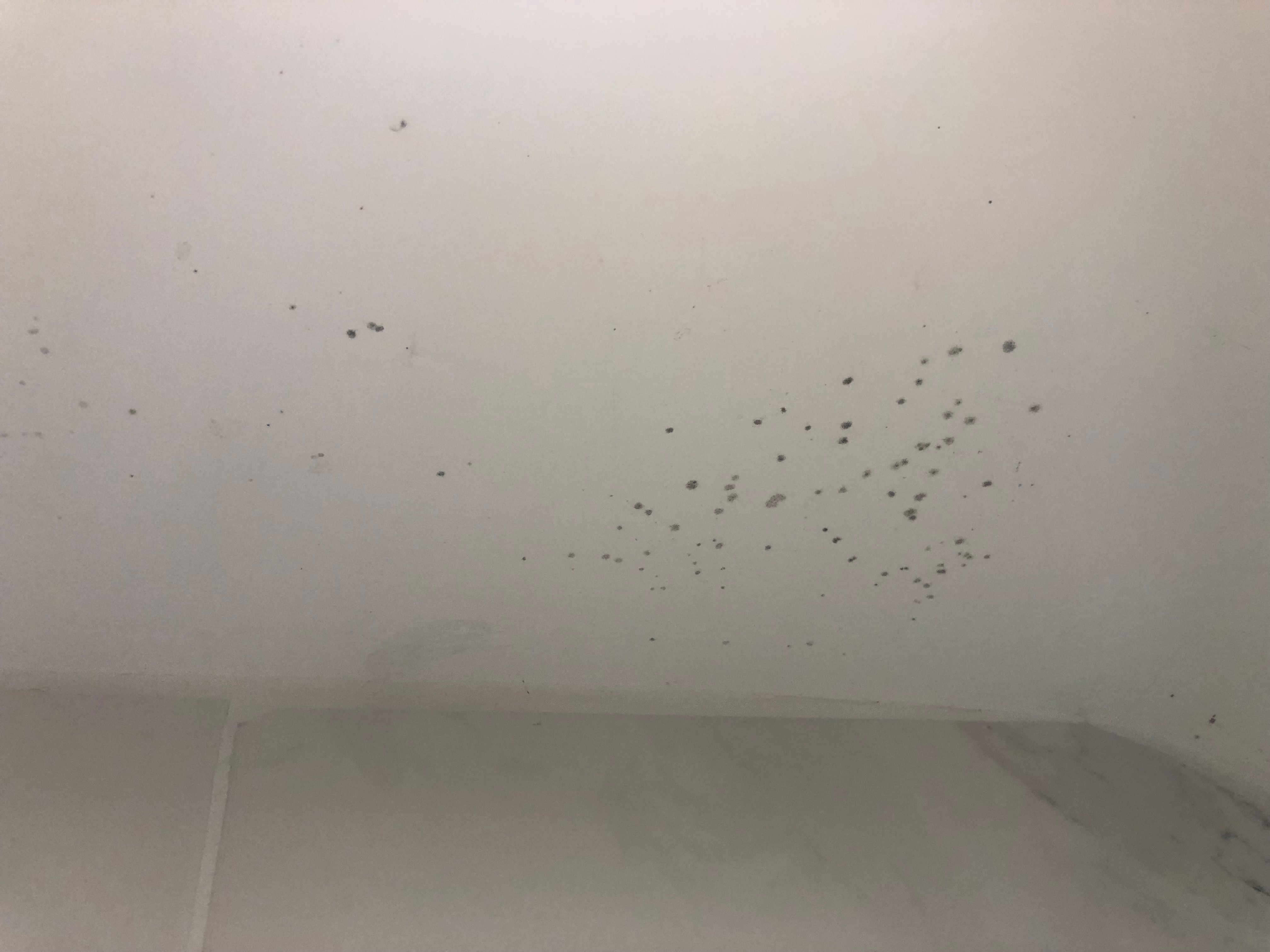
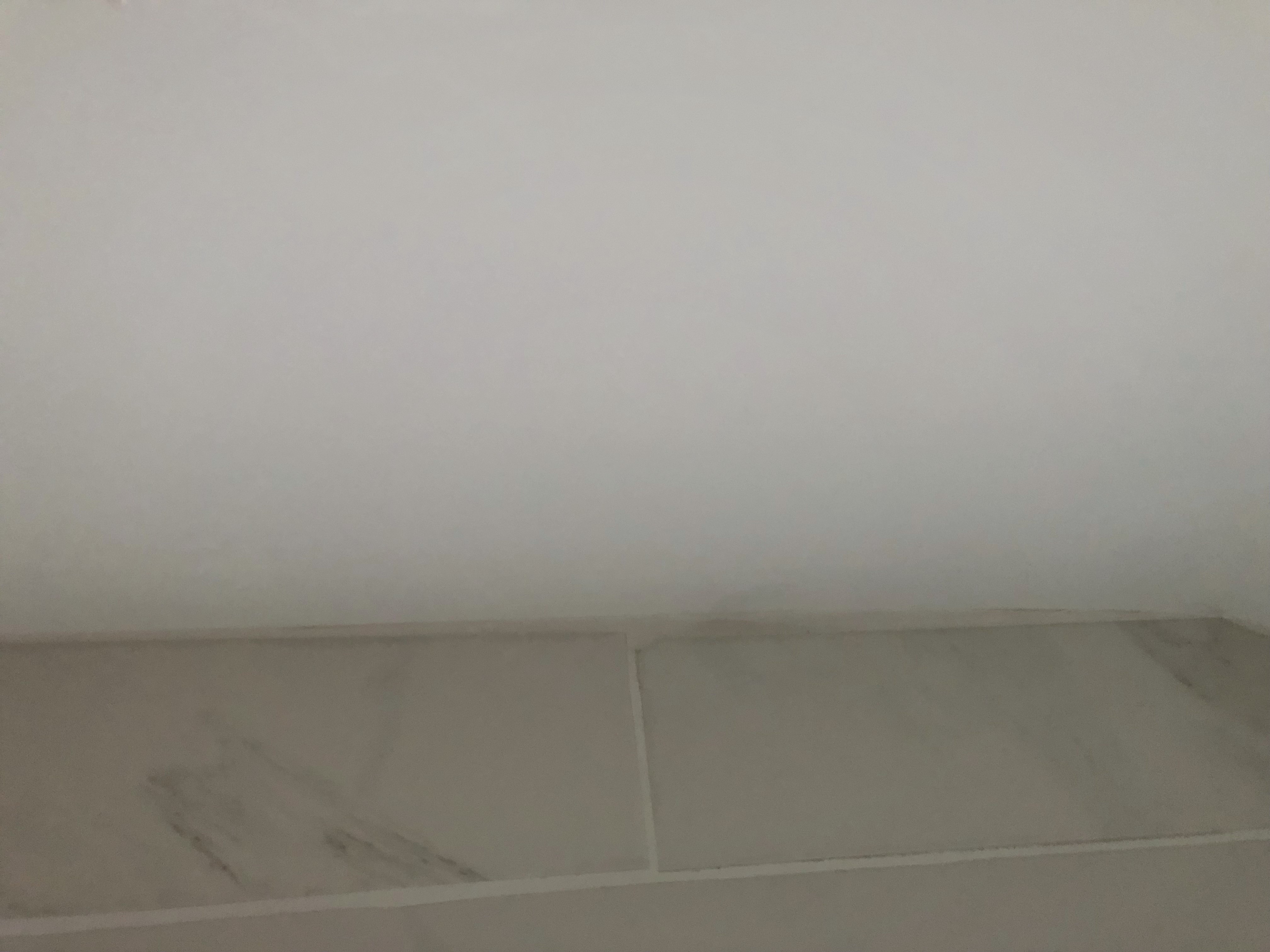
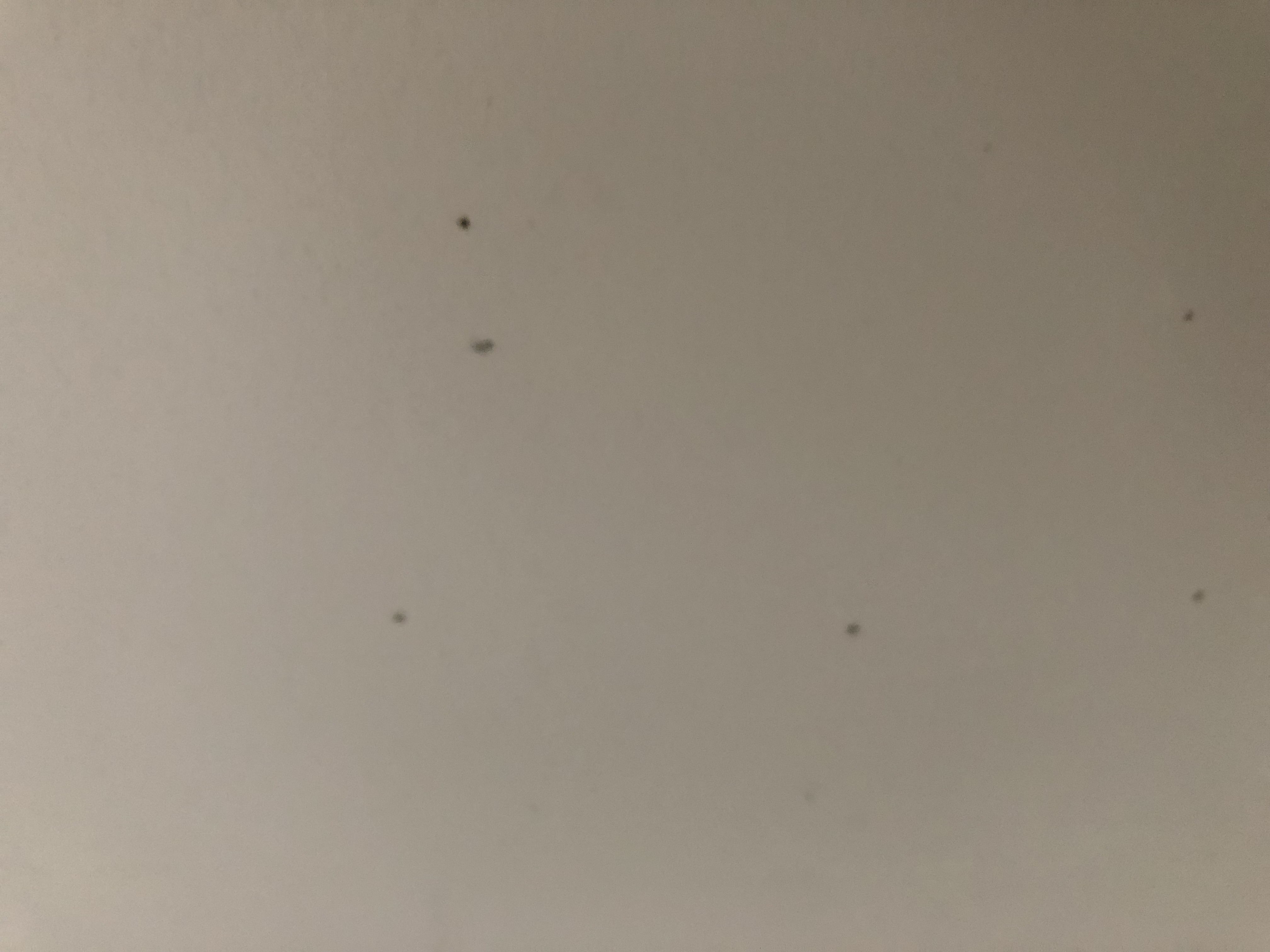

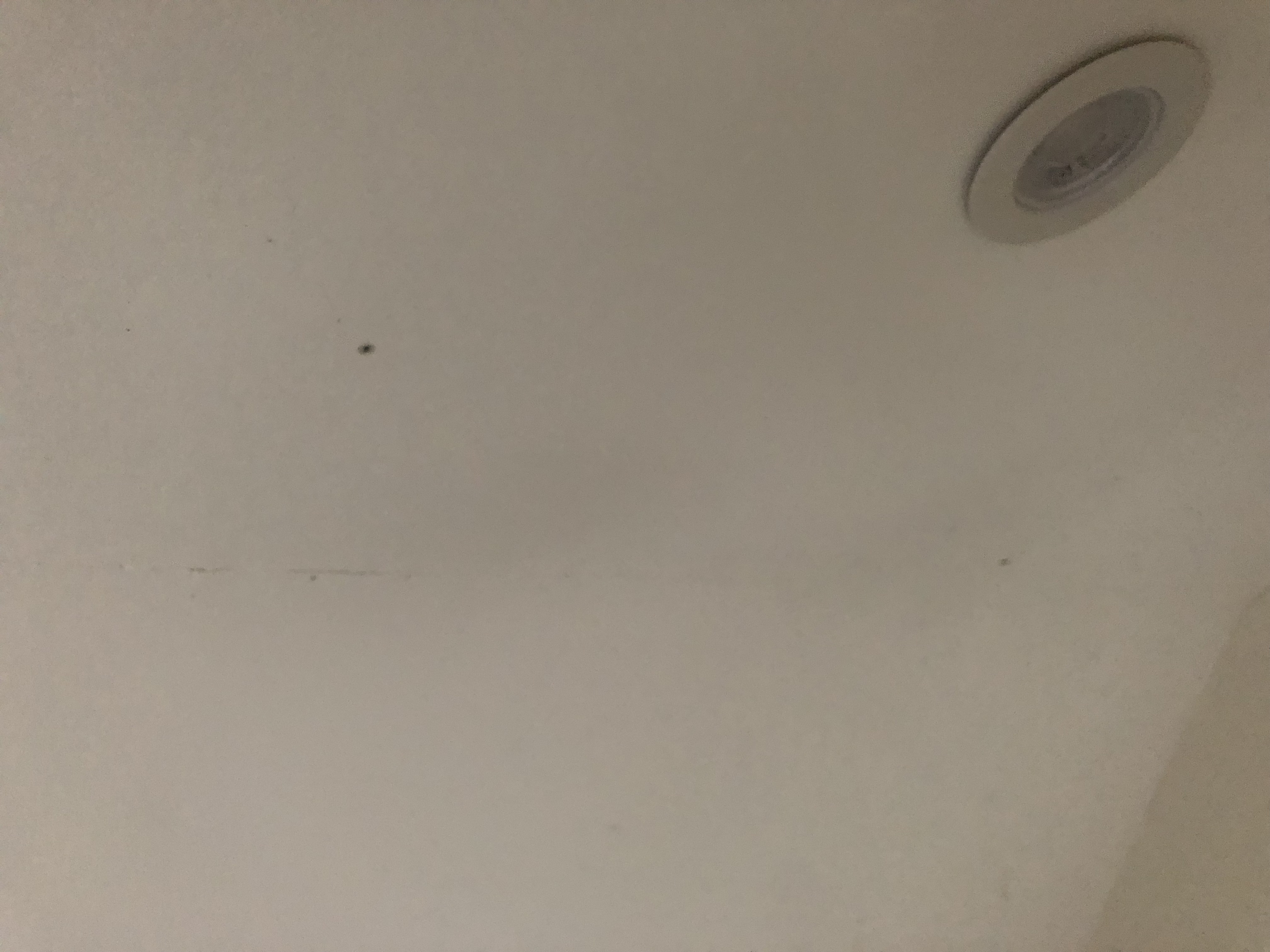
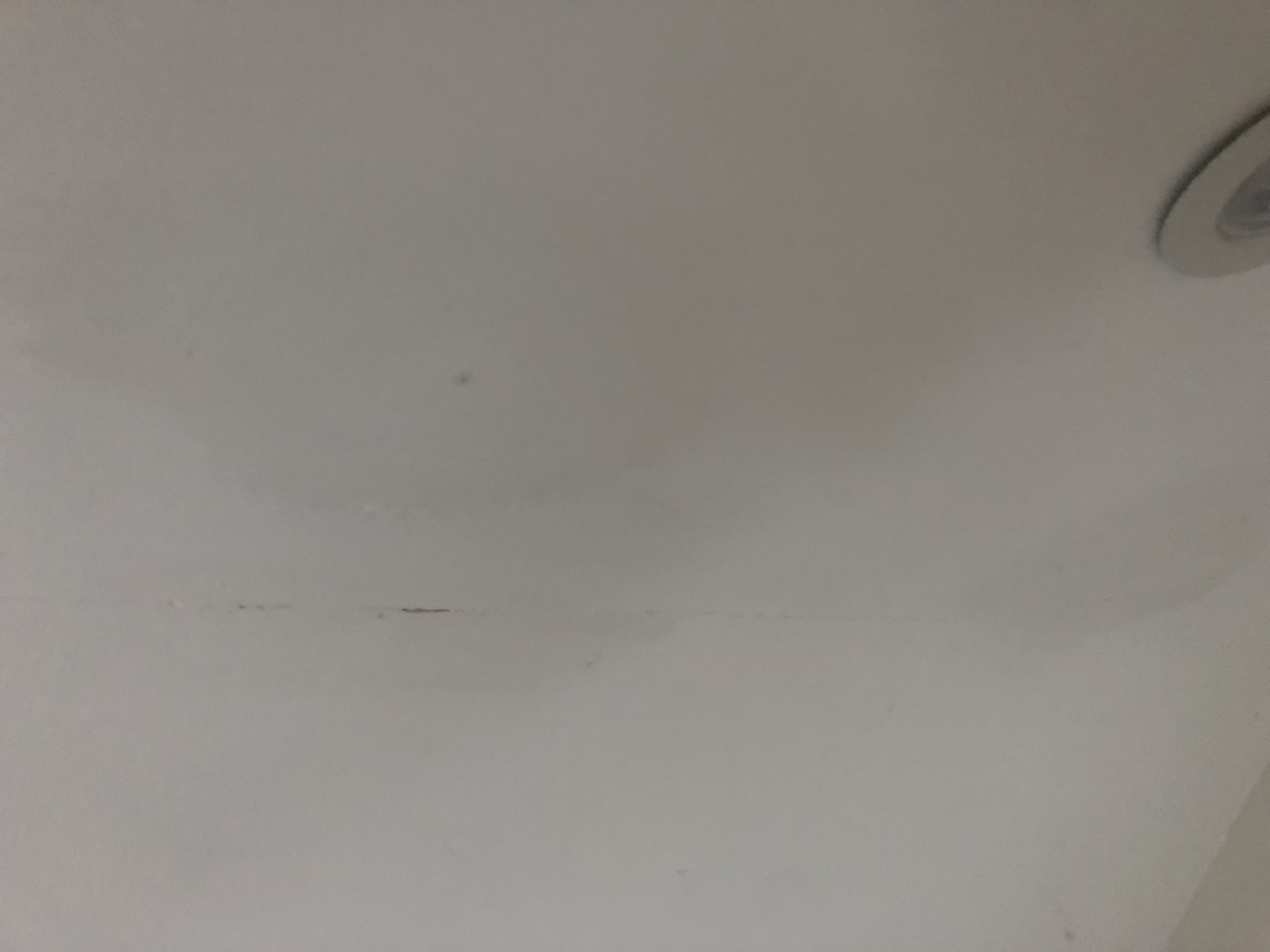
It's important to remember that mould will grow where there is an excess of moisture, so although these methods will help to clean it off your ceiling it they won't necessarily prevent it from coming back.
"Preventing mould is therefore about getting good through-flow of air in your home and trying to minimise the amount of moisture you introduce into your home," says Gordon Winchester, a ventilation control expert at Damp and Mould Control.
Another option is to make sure you use a ceiling paint designed for moist areas like bathroom or kitchen paint. For advice on how to do this where you've had a mould problem already, our feature on painting over mould has lots of tips.

Amy spent over a decade in London editing and writing for The Daily Telegraph, MailOnline, and Metro.co.uk before moving to East Anglia where she began renovating a period property in rural Suffolk. During this time she also did some TV work at ITV Anglia and CBS as well as freelancing for Yahoo, AOL, ESPN and The Mirror. When the pandemic hit she switched to full-time building work on her renovation and spent nearly two years focusing solely on that. She's taken a hands-on DIY approach to the project, knocking down walls, restoring oak beams and laying slabs with the help of family members to save costs. She has largely focused on using natural materials, such as limestone, oak and sisal carpet, to put character back into the property that was largely removed during the eighties. The project has extended into the garden too, with the cottage's exterior completely re-landscaped with a digger and a new driveway added. She has dealt with de-listing a property as well as handling land disputes and conveyancing administration.
